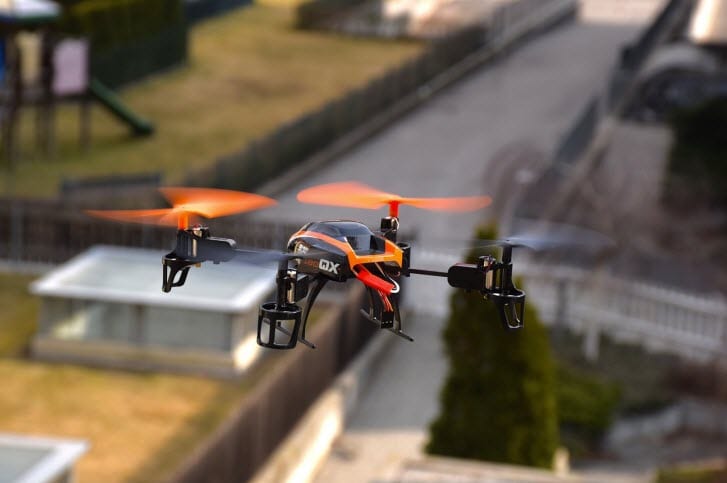Over the last several years, drones have quietly crept in to our collective conscience. The advancement of technology has made these small unmanned vehicles cheaper, faster, more sturdy, and more prevalent. We have all become aware of their prevalence lately, both in the private and commercial sectors. This rise of drones brings up the need for proper regulations. The question is, who will set these rules?

No matter your feelings on drones, it is clear they are here to stay. During an emergency situation, the information gained from drones can be invaluable if it is in the right hands. Firefighting and rescue missions definitely benefit from drone technology. From a commercial standpoint, drones could do a variety of things from crop dusting to package delivery. Military applications have proven that range and weight are no longer issues with drone usage. Of course with any technology, you must take the bad with the good.
The Federal Aviation Administration (FAA) is the primary authority over drones. In February, they put out a few rules governing different aspects of private drone usage. However, the FAA’s deputy administrator said over the summer that we may expect to see more in-depth regulations for both commercial and private drone within a year’s time. Once the rules are written, the FAA estimates there could be 7,500 small commercial drones in flight over the United States in just the next three years.
These new rules are proving to be difficult to write. That is because several other departments that also have some jurisdiction over these rules. Of course, the FAA is in control of the air space, but since there are radio signals sent through the air, the Federal Communications Commission also has some control. The Department of Commerce also wants to step in to address privacy concerns and regulations. With these three departments working together, and the numbers of specifics required, it is not hard to see why drafting these laws may take a while.
Once the jurisdictional differences are worked out, there are some of the questions that need to be addressed. Some of these include distances and heights these drones can travel, maintenance records, weight limits, pilot training, and the potential for malfunction. Many more questions will have to be answered after these guideline are released, but clearly this will establish an industry standard. Companies that wish to take advantage of drone technology will finally be able to do so, as soon as the rules are there.
Most people are aware that Amazon.com is one of those companies that will. Though they are not the biggest, their ideas to use drones for package delivery has been one of the most publisized. Some of the other companies are the agricultural company, Monsanto, the National Association of Realtors, and even Goodyear Tire and Rubber. Truly, the possibilities are endless, and within the next year, we may have packages arriving at our door that have been delivered by a drone.
